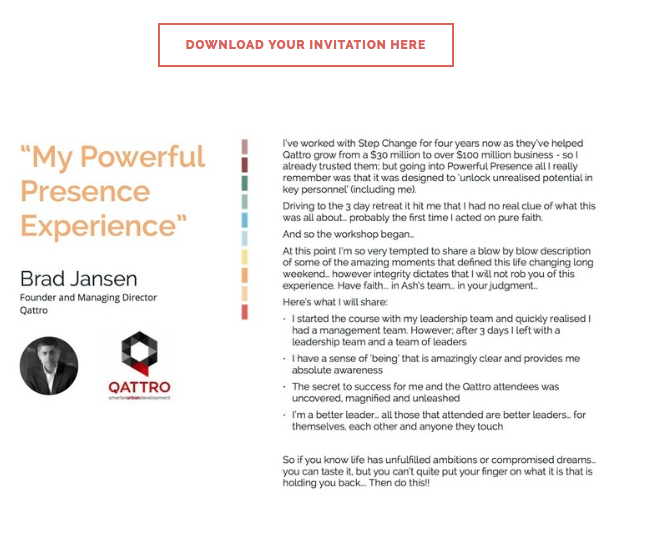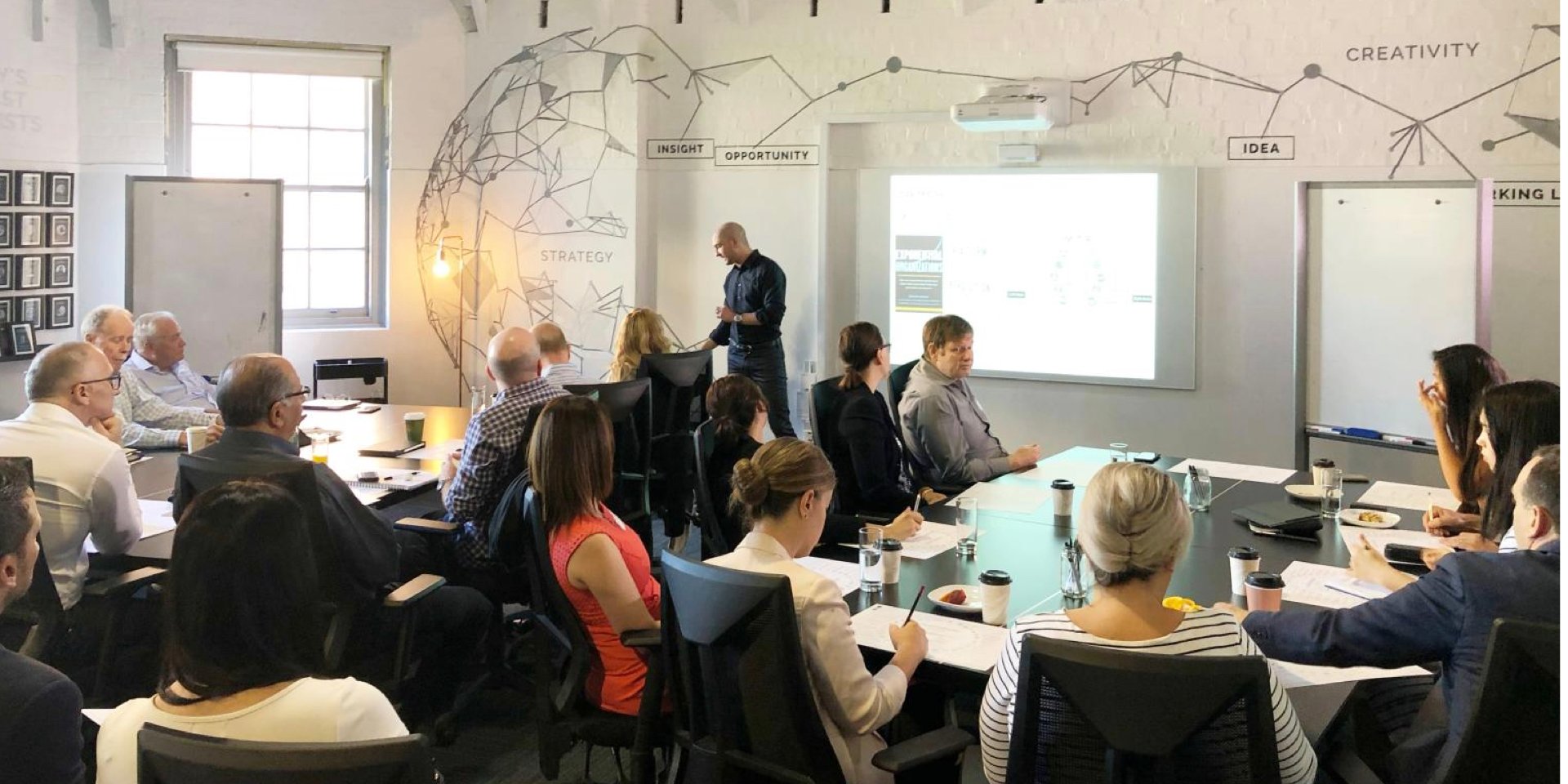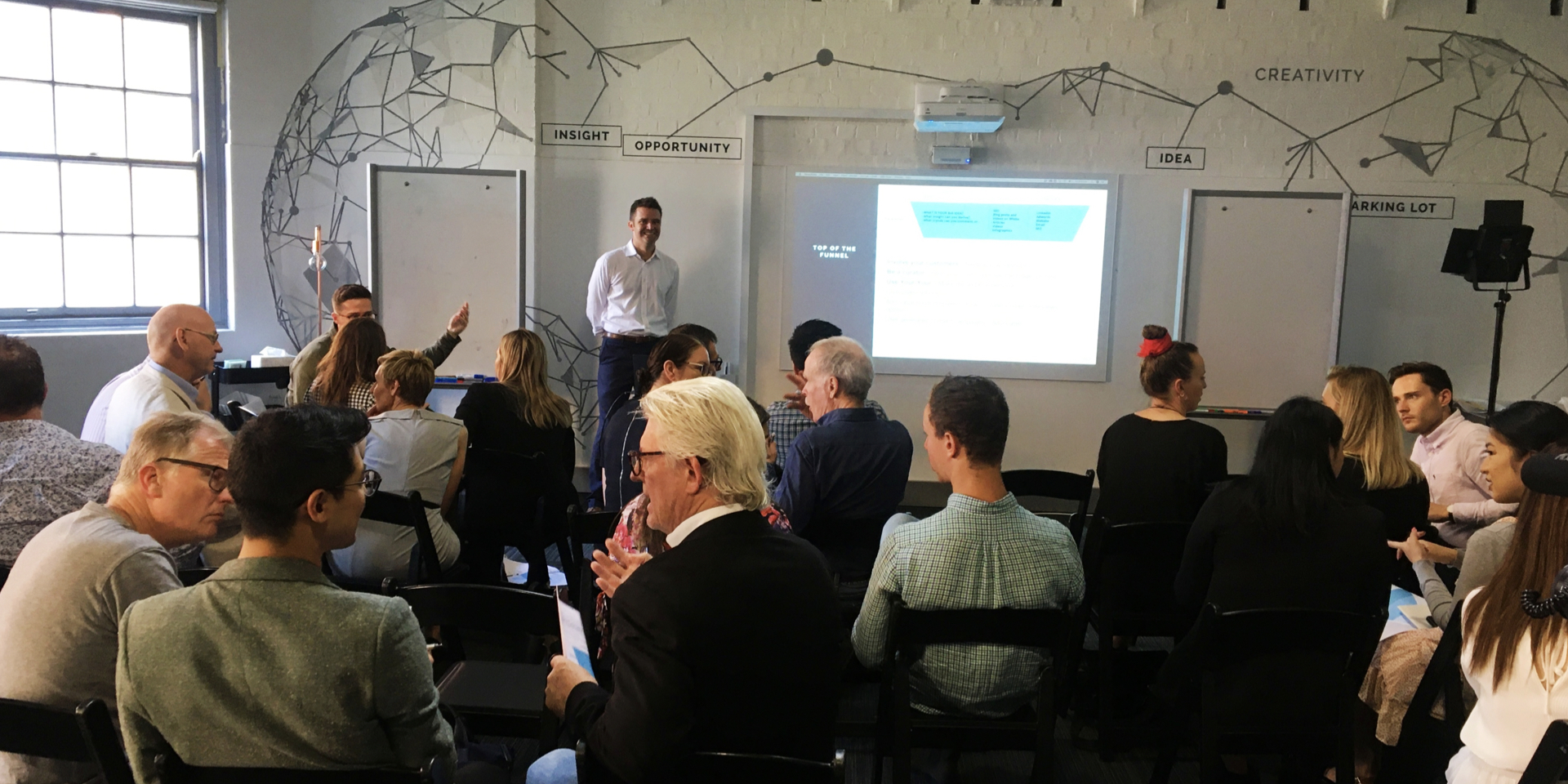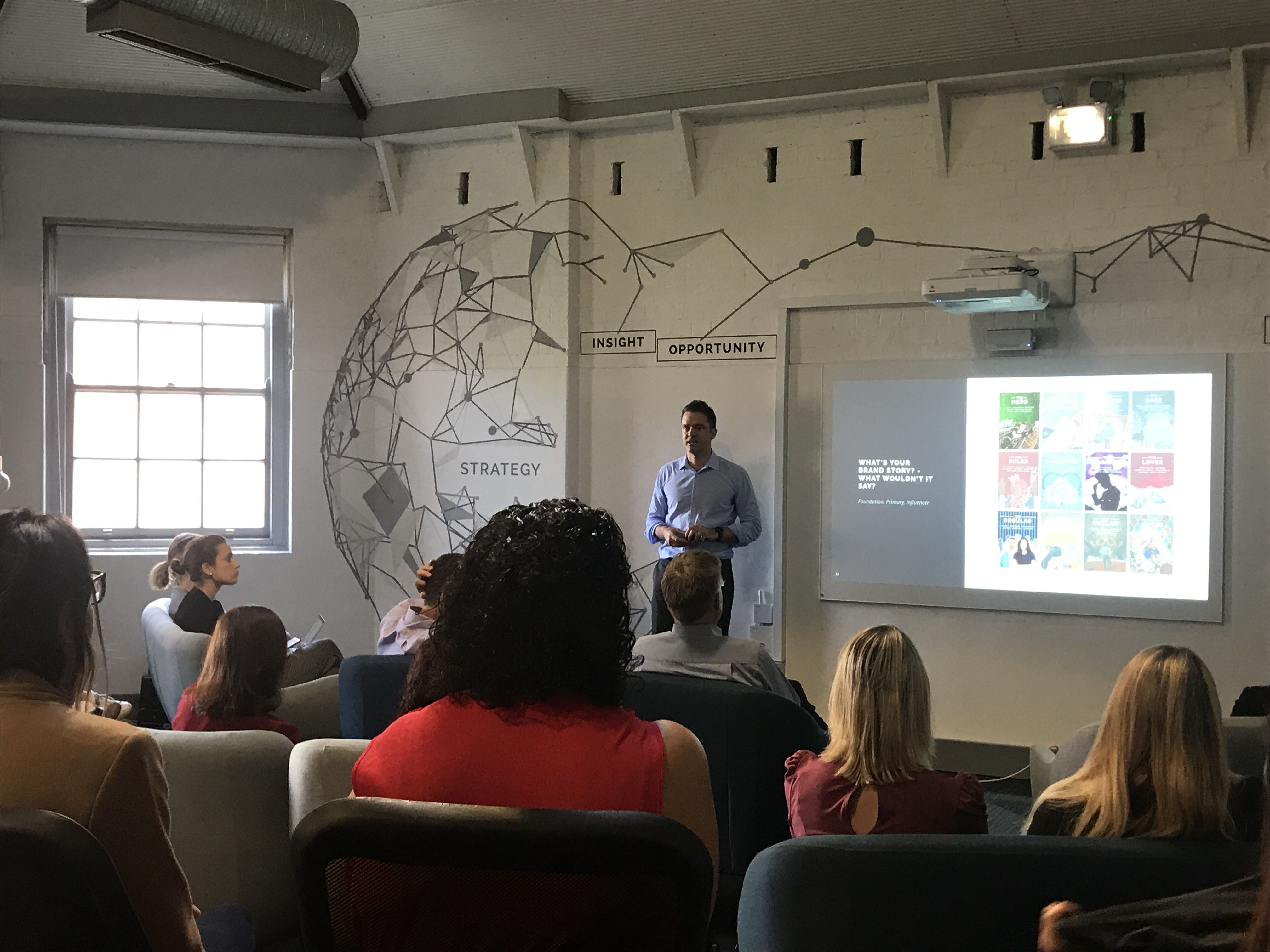The Power of Disruption
- In 1918, only 7.7% of Americans owned a car. 11 years after, 80% of Americans owned a car*
- In the mid-eighties, McKinsey and Co forecasted that there would be 900,000 mobile users by the year 2000—the actual number was 109 million**
- In ten years time, 40% of the Fortune 500 companies (e.g. Eastern Airlines, Enron, WorldCom, and Compaq) will no longer exist***
Why Businesses Struggle to Change
When disruption hits, businesses often need to change their strategy in order to remain relevant in their industry and tap into new opportunities. This push for change, however, can bring a lot of uncertainty to a business.
Ultimately, businesses are made up of people. People naturally struggle with change or the prospect of change incoming. The struggle occurs when change brings a sense of uncertainty to peoples’ lives that the upper management doesn’t address.
How Should a Business Manage Change?
Step 1 - Identify the source of change
• The change could be an adaptation to meet external changes.
Has the market shifted dramatically? Are there a lot of new competitors? Has technology disrupted the way processes are done in your industry?
• The change could be strategic internal refocusing.
Has your business made a change in your strategic focus or business model? Is your company engaging in a merger and acquisition or is your business changing your offerings?
• Is it change contributed by growth?
Perhaps your business is growing fast and there is a need to change your systems and processes to accommodate this growth.
Step 2 - Dealing with change
Diagnose any problems that may arise. Do the people in your company have the knowledge, will, and skills required to sustain the change? Do you have the right resources needed in your organisation to maintain the change?
Then, make sure everybody on your team has enrolled for the change. The way to do this is by checking with each team member if they:
• Understood the changes that will happen?
• Want to be a part of the change (giving them choice)?
• Are prepared to own the change?
Step 3 - Reduce the likelihood of change fatigue
Hire people who are resilient and assess your staff for their resilience to change. Remember to create an environment where the employees are excited and motivated by change.
As a collective, analyse your past failures and try to learn from these to reduce the likelihood of these failures reoccurring. Ensure you communicate to your team how the incoming change is different from the past failures to reduce any uncertainty that may arise. Apply the feedback loop: test, learn, refine, repeat.
Change as a Result of Disruption
The next 10 to 15 years* will see disruption affect every industry in the world. As a business owner, there are three options available to your business when it comes to disruption:
1. You could be the disruption in your category.
Sotheby’s Real Estate is a primary example: they use virtual reality to accommodate the busy schedules of wealthy clients, allowing them to tour homes and buy real estate faster and easier.
2. You could bridge the disruption.
Transitioning your core business model so it acts as a bridge between the disruption and the status quo. For example, Bond.co bridges the handwritten stationery/card disruption by composing handwritten bespoke notes within seconds by using a robot that emulates your handwriting.
3. You could avoid the disruption.
You can avoid disruption by either going premium or using avoidance as your strategic positioning. This strategy is used by Moleskine, as they continue to produce high-quality luxury notebooks despite the push for a more digitised form of note-taking.
Want to develop leadership skills to help you master this issue and position your business for success? Why don't you come along to the Powerful Presence Intensive this September.
References
*Tony Seba, 2014
**Columbia University, 2014
***CISCO, 2014





![Top 10 Articles C-Suites Read in the Step Change Blog [2019 Edition]](https://blog.hellostepchange.com/hubfs/step-change-top-10-articles-2019.001.jpeg)








